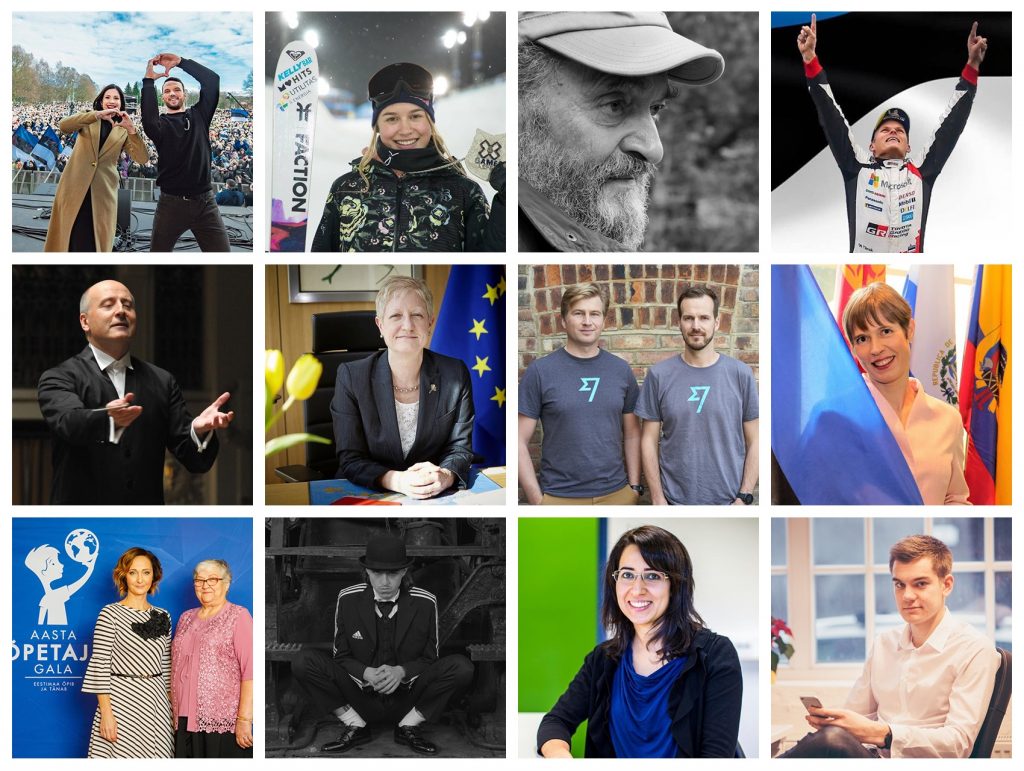Estonian World has a long history in compiling lists of top Estonians for pretty much any occasion. 2019 was a volatile year in the world, in Estonia and for Estonians globally, so this year, our editors decided to put together a list of Estonians who stood out in their field and/or were outspoken at home to the extent of making headlines beyond the borders.
This list is in a random order, not in the order of anyone’s preference.
Kelly Sildaru

By Silver Tambur
Women’s ski slopestyle is not a sort of sports that is on everyone’s lips or attracting millions of TV-viewers – like football or tennis do, for example. But gosh, isn’t Kelly Sildaru good at it?
Sildaru started skiing when she was two and got into freestyle-skiing at the age of five. By the time Sildaru was 11, she had been noticed by the international sports press – Euronews called her “the future star of freestyle skiing” – and videos of her breathtakingly brave style started circling on YouTube.
But it wasn’t merely the style – there was also persistence and hard work that has paid off. In 2016, Sildaru made free-skiing history, becoming the youngest athlete ever to win a gold medal at the Winter X Games, world’s leading extreme sports competition that take place annually in Aspen, Colorado, the United States. In 2017, she defended her title from 2016 and at 14, became the youngest to win two gold medals in the X Games.
She missed the slopestyle competition at the 2018 Winter Olympics because of injury, but was back in shape in Aspen, in January 2019, setting a new X Games women’s slopestyle record with a score of 99.00 and winning her third gold medal of the competition.
TOMM¥ €A$H

By Sten Hankewitz
Tommy Cash may be one of the biggest stars Estonia has ever produced. Born Tomas Tammemets, he is an Estonian rapper who in 2019 went on his first tour of North America as an opening act of one Oliver Tree on the latter’s “Goodbye, Farewell Tour”, where Cash participated in shows that, for example in Chicago, IL, were sold out in an arena that accommodates at least 700 people.
Cash was born in Tallinn and is of mixed ethnic Estonian, Russian, Ukrainian and Kazakh origin. He has described himself as first and foremost an Estonian. He is a known freestyle dancer, and in 2018, he released a clothing line that subversively imitates western styles with eastern elements and in-jokes.
In November 2018, Cash released his second album ¥€$; in 2019, he had an exhibition at the Kumu art museum in Tallinn. And, as a cherry on top, he has over 708,000 followers on Instagram.
Also, my wife tells me Tommy Cash is a huge-ass global star. That’s got to count for something.
Lili Milani
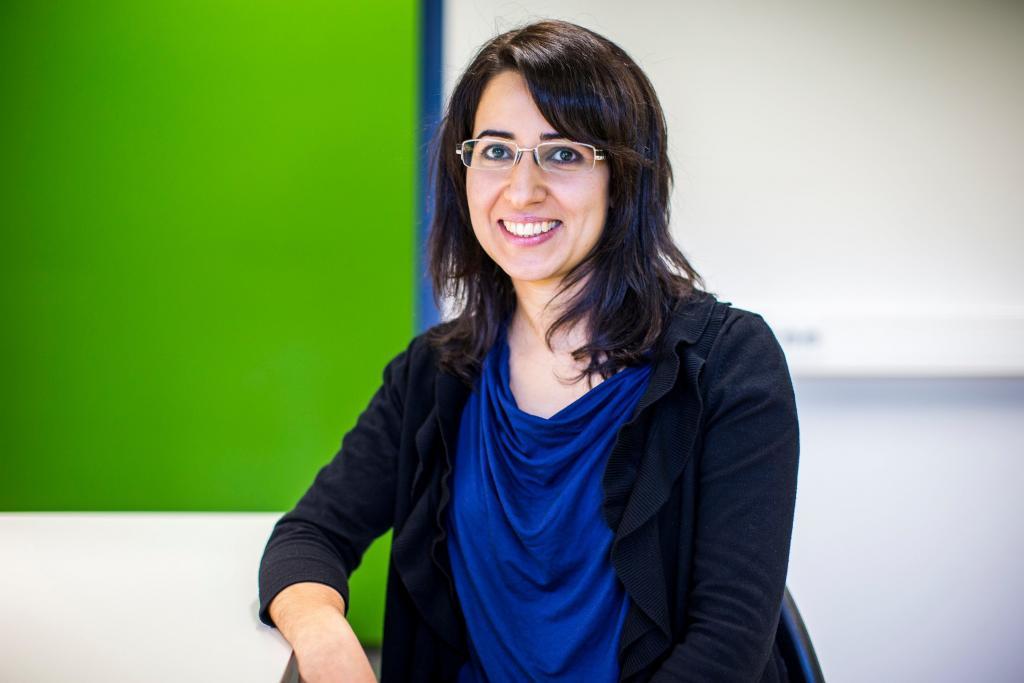
By Silver Tambur
Until recently, most of the positive international coverage about Estonia has been about the country’s digital state and its affiliated programmes, such as e-residency. In 2019, Estonia as a country made positive news for two other reasons – the country’s success at PISA tests and its genetic data project, led by Lili Milani, the head researcher at Estonian Genome Centre of the University of Tartu.
Starting in 2018 and continuing this year, the centre ran the Estonian government-backed project to collect the DNA samples of 150,000 Estonians – with the aim of collecting genetic data and integrating it into every-day medical practice by giving people feedback of their personal genetic risks. The data will be linked with the national health information system from 2019-2022.
Estonia’s genetic data project in this format is unique in the world and in 2019, stirred much interest abroad. According to Milani, the collected genetic data in Estonia will also help scientists conduct a wider medical research – all the participants who donated their DNA sample have given their consent for this. She has also published research papers in magazines such as Genome Research, Nature, Science, Nature Genetics and BMC Genomics.
Despite her Iranian roots – she was born to Iranian parents in Sweden – Milani has publicly said that she feels Estonian and likes that feeling.
Markus Villig

By Sten Hankewitz
A 19-year-old student, in 2013, founded a company in Tallinn. He was frustrated by the waiting time and expense of taxis in the Estonian capital, Tallinn – especially in the weekend nights when returning from a night out. He launched a mobile app that allows people to request a taxi or private driver from their smartphone. The app also shows the price and waiting time. The company later also expanded into electric scooters and food delivery services.
That 19-year-old student was Markus Villig. The company he launched was Taxify – now known as Bolt. His company currently operates in over 30 countries and in more than 150 cities around the world. It all may sound like, “that man was Moe Green, and the city he invented was Las Vegas”, but Markus, unlike Moe Green, is not fictional. Well, we could compare him with the real-life Ben Siegel, but you get the point, and Bugsy wasn’t that interesting.
This year saw Bolt become a unicorn – a startup with the valuation over USD1 billion. Bolt was one of the two Estonian-founded companies – among 403 startups – the New York City-based research firm, CB Insights – listed in its unicorn list.
Ott Tänak

By Silver Tambur
“My mother said to me yesterday evening that ‘if Ott wants something, then he can make it happen’ and I just had to make it happen,” Ott Tänak said in an interview given to the WRC live broadcast, straight after it was clear he had won the World Rally Championship, after successfully completing the Rally de Catalunya in Spain in October. Thank God for supportive mothers all around the world!
At one of the recent Estonishing Evenings events in Tallinn, a Swiss expat described Estonians as very “stubborn people”. Thinking about it, he was right. Stubbornness can be negative – when one is on a wrong course and refuses to admit a mistake. But it can certainly be a positive force when one is on a right track, refuses to give up and ultimately, succeeds and wins.
Tänak belongs to the latter category – it took him ten years to claim the ultimate WRC prize. He made his World Rally Championship debut at the 2009 Rally de Portugal, scored his first WRC points at the 2011 Rally Mexico and claimed his maiden race victory in Italy in 2017. In 2019, teamed with co-driver Martin Järveoja and competing for Toyota, Tänak won most of the races throughout the year and secured his first drivers’ championship win – the first Estonian to do so.
If you think that’s a small feat, consider this: since the drivers’ championship was first awarded in 1977, drivers from just nine countries – France, Finland, Italy, United Kingdom, Sweden, Germany, Spain, Norway, and now Estonia – have won the title.
Riina Kionka
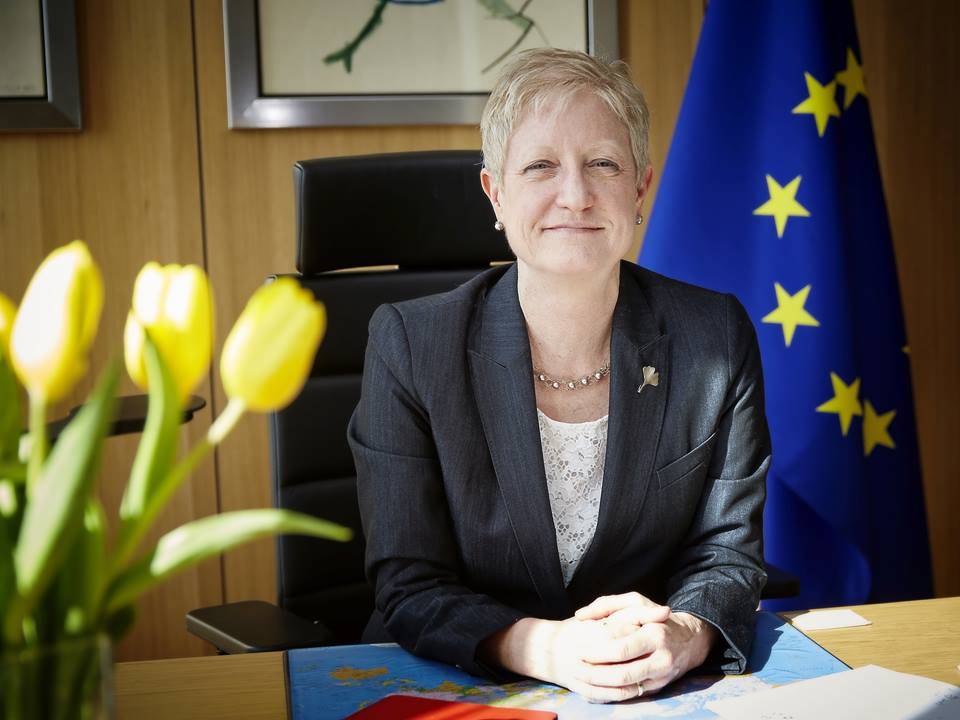
By Sten Hankewitz
Riina Kionka is, undoubtedly, one of the coolest people I have the honour of knowing and calling my friend. An Estonian-American – born in Detroit, Michigan – Kionka says she’s an accidental diplomat who, as a kid, wanted to be a musician and a conductor. However, fate had other plans for her. In high school, she decided she “didn’t want to spend the hours in dingy, windowless basement practice rooms” – and she decided to choose a career in international relations.
She worked as an analyst at Radio Free Europe before joining the Estonian Ministry of Foreign Affairs in 1993. Kionka was Estonia’s ambassador to Germany from 2000-2004; in 2005, she joined the Council of the European Union where she headed a unit dealing with transatlantic relations and the United Nations. In 2007, she became Javier Solana’s special representative on human rights and in 2014 she joined Donald Tusk’s cabinet as chief foreign policy adviser.
In October this year, she assumed her new post as the European Union’s ambassador to the Republic of South Africa. Federica Mogherini, the European Union’s foreign policy chief, appointed her to the post on 9 October.
Kionka told Estonian World that her overarching task in South Africa is to represent the EU and its policies to the host government as well as to be “the eyes and ears of Brussels” in South Africa.
Arvo Pärt
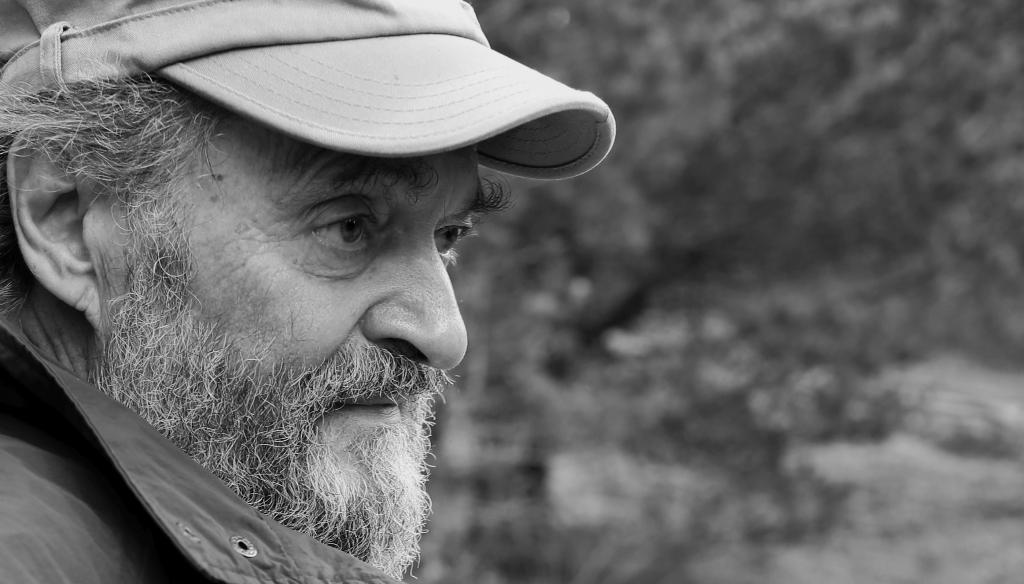
By Silver Tambur
Back in 2002, when I was working in a small picturesque village in England’s Lake District, I came across to a local steamboat captain who, when hearing my origins, excitedly exclaimed: “Oh, Estonia! Arvo Pärt is from Estonia.” Admittedly, there are many Pärt fans around the world who do not know where the composer comes from – but the local captain, who looked like the eccentric scientist Dr Emmett “Doc” Brown from “Back to the Future”, wasn’t one of them (and apparently, he had all Pärt’s albums lined up at home).
Whether they know Pärt’s origins or not, there are tens if not hundreds of thousands of fans of his compositions around the world – including some global names such as Paul McCartney, Sting (who, while on a tour stop in Tallinn this summer, made sure to meet Pärt at his namesake centre in Laulasmaa), Michael Stipe, Björk and Thom Yorke.
Pärt’s music is not confined to private listening either. In January, it was announced by the classical music event database, Bachtrack, that Pärt had been for the eighth year in a row the world’s most performed living composer. Bachtrack calculates a series of statistics each year that show the number of times the work of each composer has been performed around the world.
Transferwise founders
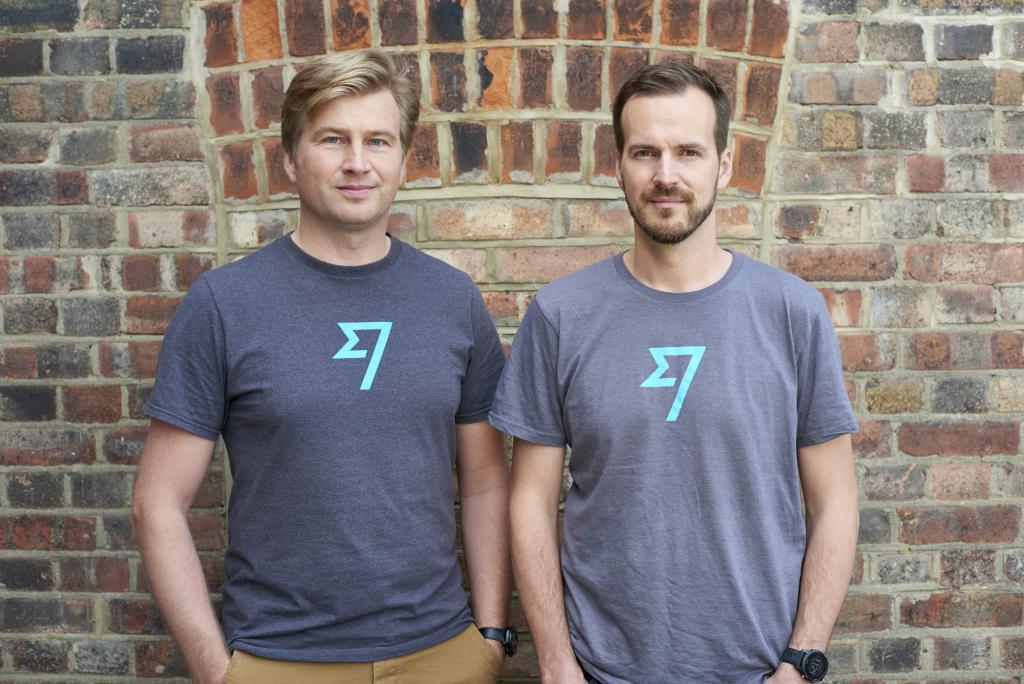
By Sten Hankewitz
We’re sure you know nothing about TransferWise and you’ve never used its services, so let us fill you in. It’s a money-transfer startup, founded in 2011, by two Estonians, Taavet Hinrikus and Kristo Käärmann. The company is based in London, once the capital of the British Empire, but nevertheless we regard it an Estonian startup.
And this year, it became the most valuable fintech startup in Europe after an investment round that valued the company at USD3.5 billion. Yes, that’s billion with a b. Nine zeroes.
The USD3.5 billion valuation is more than double the company achieved in late 2017 at the time of its USD280 million Series E round.
So yeah, the founders of TransferWise, a company that now has more than 1,600 employees worldwide, is another collective outstanding global Estonian of 2019.
Paavo Järvi
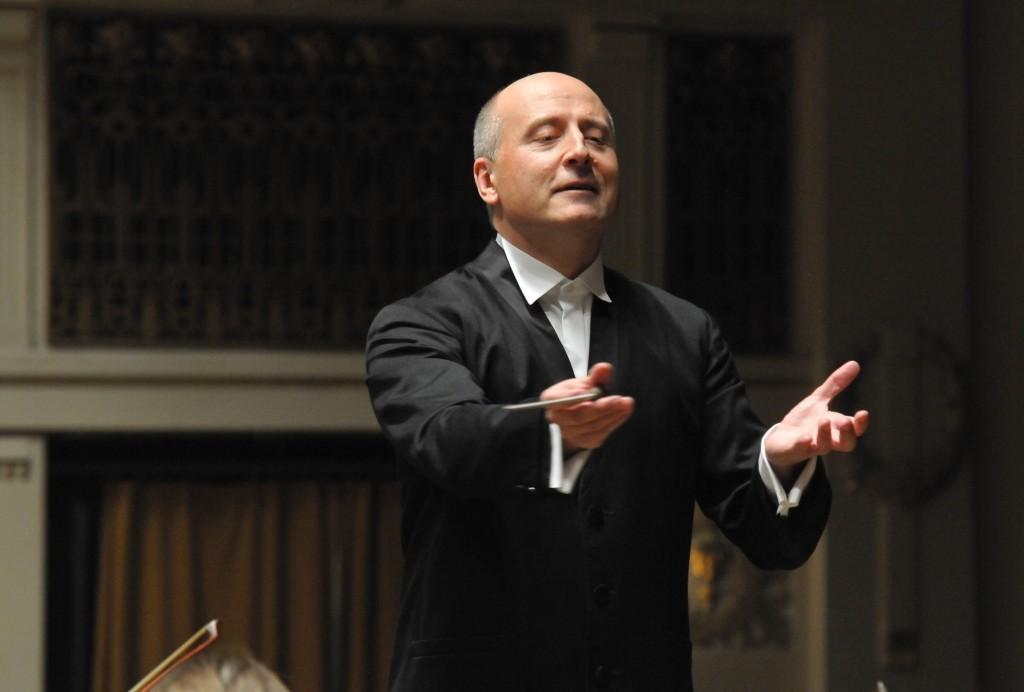
By Silver Tambur
A truly global Estonian, Paavo Järvi has for years conducted the world’s finest orchestras, whether it be in Berlin or Moscow, Paris or Tokyo – but 2019 was extraordinarily successful for the conductor.
This autumn, Järvi was named the Conductor of the Year by Germany’s leading classical music awards, Opus Klassik, for his recording of the complete Sibelius Symphonies with the Orchestre de Paris. The award ceremony took place at the Berlin Konzerthaus on 13 October and was broadcast in Germany on ZDF and promoted on the leading streaming service for classical music, Idagio.
“As the son of a famous conductor [Neeme Järvi], Paavo Järvi has achieved world-wide success. He is one of the most sought-after orchestral conductors of our time. This autumn, he looks forward to his first season as Chief Conductor of the Tonhalle-Orchester Zürich, while continuing to direct the NHK Symphony Orchestra in Tokyo, as well as The Deutsche Kammerphilharmonie Bremen,” Opus Klassik said in a statement, while announcing the award.
And despite his seemingly constant travels, Järvi remains committed to promoting Estonian music throughout the world as well as staging innovative performances and producing high-quality recordings throughout Estonia. In the spring, the conductor led the Estonian Festival Orchestra’s tour in Japan. With sell-out concerts in Hamamatsu, Fukui, Nagoya, Osaka, Hiroshima and Tokyo’s Suntory Hall, the public was invited to hear a conversation with Järvi and members of the orchestra introducing the Japanese audience to Estonian culture before each concert.
Kõigi Eesti
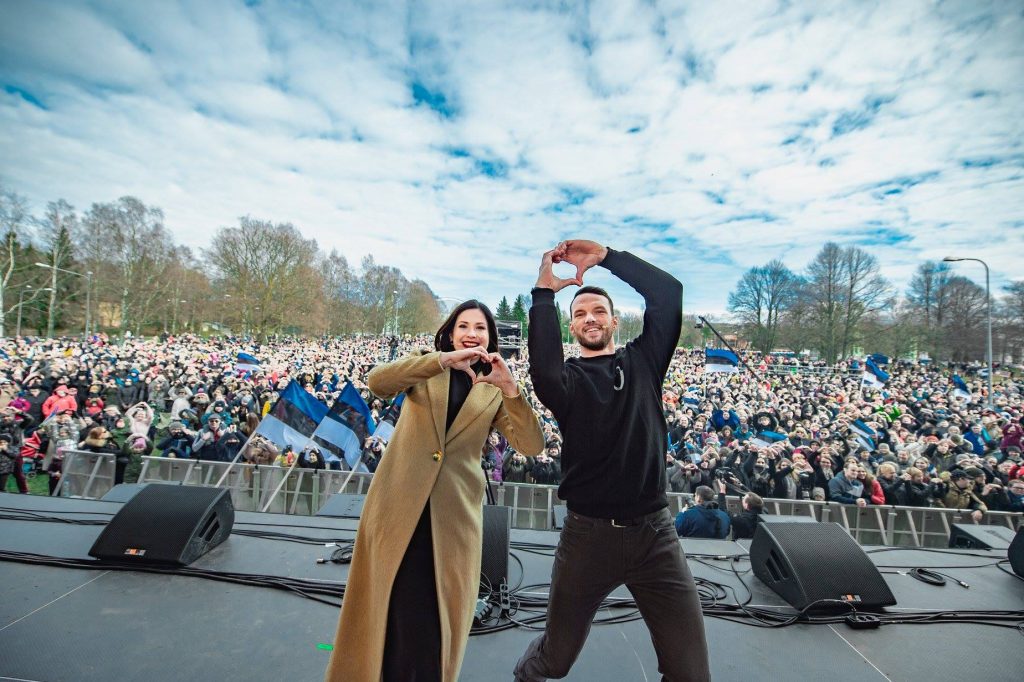
By Sten Hankewitz
On 3 March, Estonia held a general election. The Reform Party won, and everyone expected its leader, Kaja Kallas, to become prime minister. And, it all went tits-up from there.
The sitting prime minister, the leader of the centre-left Centre Party, Jüri Ratas, decided the seat he was holding at Stenbock House was too valuable to lose. So, instead of conceding defeat and sodding off, he was committed to hold on to his chair and form a coalition of convenience – although we’ve yet to know what the convenience part for him was. He invited the centre-right conservative Isamaa and the far-right populist, anti-immigration, homophobic, all-in-all a racist bunch, known as the Estonian Conservative People’s Party (or EKRE), to participate in the coalition talks. Sure, they had 19 seats in the parliament, but considering who won the election, it wasn’t supposed to be Ratas’s decision in the first place.
Well, Ratas’s lack of self-criticism and his reluctance to face the election results led to a coalition that shouldn’t have been. And that blasphemy gave birth to one of the biggest popular movements in the post-occupation Estonia – Kõigi Eesti, Everyone’s Estonia – or, as the movement itself translates it, My Estonia Too.
The Kõigi Eesti (#kõigieesti #общаяэстония #myestoniatoo) movement started with a massive action in the social media (gathering over 20,000 followers in two days) in March and a popular concert in April by residents of Estonia from all walks of life and from various communities that was attended by 10,000 people and reached to over 80,000 people via television and online streams. The movement’s impact was also noted by many international media outlets. It reminded the government of Jüri Ratas the values of liberty, justice and the rule of law, and it’s become the conscience of everyone who holds human rights, liberties, the freedom of speech and the rule of law dear. And that’s admirable.
Full disclosure: The editor-in-chief of Estonian World, Silver Tambur, is a member of the Kõigi Eesti movement. I am not. It was purely my idea to include Kõigi Eesti in this list; I wrote this chapter on my own, and the fact that Silver is my dear friend, colleague and partner in this endeavour does not affect my judgement one bit. We fight more than married couples do; but I always stand behind righteous values.
Kersti Kaljulaid
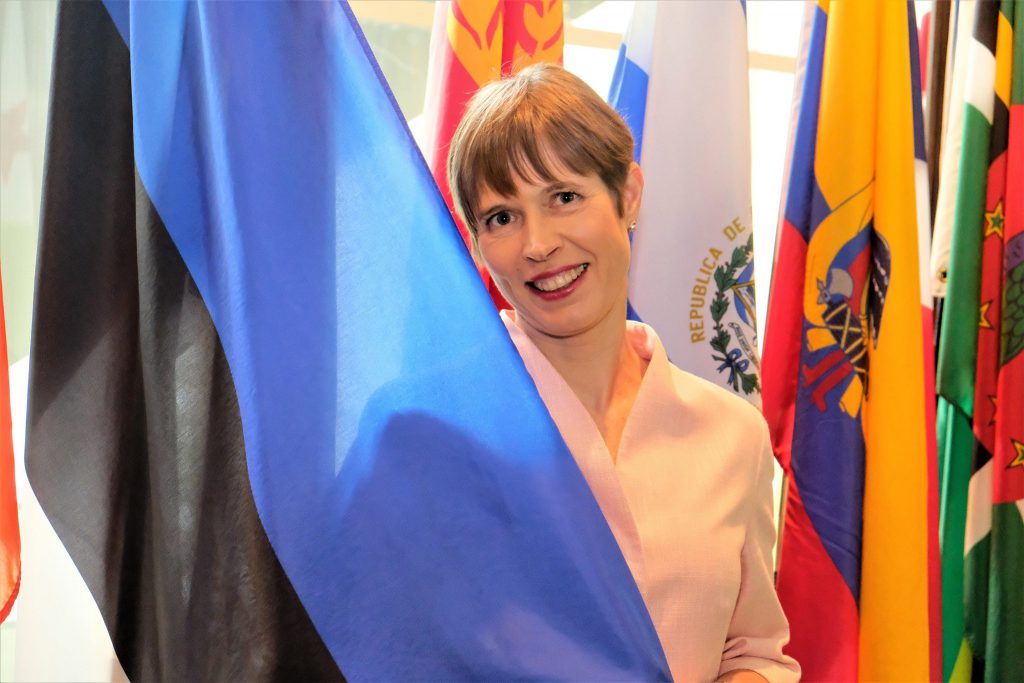
By Silver Tambur
Although Kaljulaid was elected Estonia’s first female president already three years ago, 2019 was the year that she really started to shine abroad – until recently, she had still been somewhat in the shadows of the previous president, Toomas Hendrik Ilves, in terms of international interviews and coverage.
Among the major global titles, Kaljulaid was interviewed or featured in The Atlantic, Le Monde, Foreign Policy, The Guardian, Der Spiegel, Fox News, Politico and Quartz. While the president prefers to talk about Estonia’s digital state and its affiliated success stories, sadly one of the reasons behind the increased international interest in interviewing her was the changed political landscape in Estonia.
Following the general election on 3 March and the subsequent inclusion of the populist Estonian Conservative People’s Party (EKRE) in the Estonian government, Kaljulaid emerged as one of the most prominent critics of the radical rhetoric expressed by the party figureheads (most notably, its leaders, father and son Mart and Martin Helme, Estonia’s interior and finance ministers, respectively).
“I hate them [EKRE politicians] for their behavior, and I apologise for the image this might give. Decent people do not behave themselves this way,” Kaljulaid told Foreign Policy in an interview that caused much stir in Estonia and split people’s opinions whether it was right or wrong for the ceremonial figurehead with no executive power to intervene as outspokenly in the politics. The question and answer referred to the white supremacy hand signal made by Mart and Martin Helme at the new government’s swearing-in ceremony in April.
“I hope they stop soon; if they don’t, I’ll keep apologising for them,” the president said in the same interview. Unfortunately, “they” didn’t stop. Just in early December, Mart Helme called the new Finnish prime minister, Sanna Marin, a “cashier” who together with her “Red” coalition partners would “desperately try to destroy” Finland – and again, it was Kaljulaid who made a phone call to her Finnish counterpart, Sauli Niinistö, apologising for the words of radical Estonian interior minister. Kaljulaid’s frustration is understandable – on foreign visits, she now must waste part of the very little and valuable time [that a president from a small country has in meetings with global heavyweights] to explain the political shambles back home.
Domestic concerns aside, it was also a busy year for Kaljulaid in terms of foreign visits. In April, she met with her Russian counterpart, Vladimir Putin, in Moscow, becoming the first Estonian leader to meet the Russian president since 2010. The cherry on the cake was Estonia’s election as a non-permanent member of the United Nations Security Council. The Estonian foreign ministry, diplomats and Kaljulaid – who led the country’s delegation at the vote on 7 June at the UN headquarters in New York City – campaigned long and hard for the seat.
Estonian teachers

By Sten Hankewitz
According to the Programme for International Student Assessment – or PISA, a premier global metric for education – the results of Estonian 15-year-olds are the best in Europe and among the strongest in the world. Pupils from China, Singapore, Macao (China), Hong Kong, Estonia, Japan, South Korea, Canada, Taiwan and Finland achieved the best results in the latest PISA study, compiled by the Organisation for Economic Co-operation and Development and published on 3 December 2019.
Estonia’s 15-year-olds rank first in reading, science and mathematics in Europe, while in the world, the country’s students rank fifth in reading, eighth in mathematics and fourth in sciences.
In reading, which was the focus of PISA 2018, Estonia, Canada, Finland and Ireland were the highest-performing OECD countries. In science, the highest-performing OECD countries were Japan and Estonia. In mathematics, the highest-performing OECD countries were Japan, Korea and Estonia.
So we declare ALL Estonian teachers as among the most outstanding Estonians in the world. And we’re thinking back to the teachers that helped shape us. Thinking of you, the Estonian language and literature teacher at the Tallinn Secondary School No 20, Ene Liivaste; rest in peace. You shaped me more than I ever let you know, and I thank you for that.

